
All categories
Featured selections
Trade Assurance
Buyer Central
Help Center
Get the app
Become a supplier

(163186 products available)








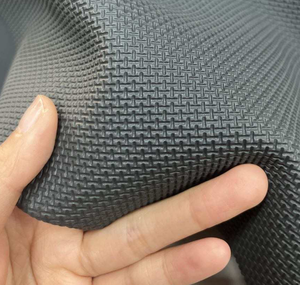

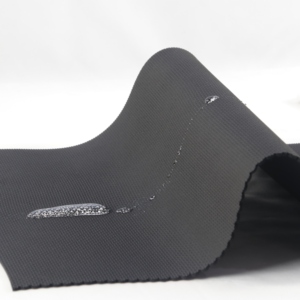



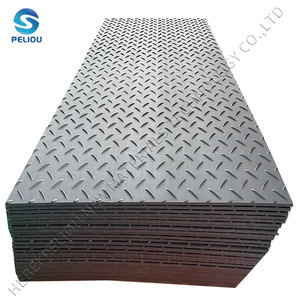
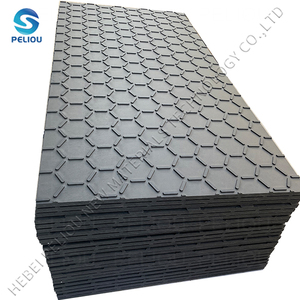
























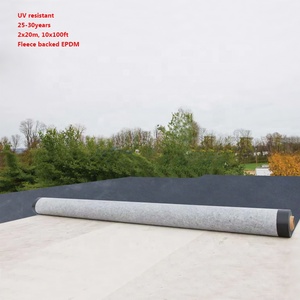
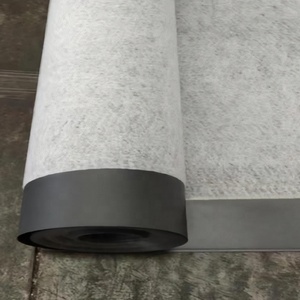










EPDM is a synthetic rubber widely used in various industries due to its impressive resistance to weathering, ozone and temperature extremes. EPDM stands for ethylene propylene diene monomer and is produced in the form of sheets or membranes that are often backed with fabric for reinforcement and ease of use. The fabric-backed EPDM comes in different types and specifications depending on its intended use. Here are the most common types:
Fabric-Backed EPDM Roofing Membranes:
This type of EPDM is primarily used in roofing applications. It features a polyester or nylon backing that adds strength and durability. The fabric backing allows for easy handling and adhesion during roofing installations. It is available in black and white colors. The black membranes absorb heat from the sun, while the white membranes reflect it.
Fabric-Backed EPDM Pond Liners:
Fabric-backed EPDM pond liners are specifically designed to create a barrier for water bodies like ponds and pools. They have a fabric backing that enhances puncture resistance and provides a long-lasting waterproof barrier. The liners are resistant to UV radiation and are thus ideal for water features that receive direct sunlight.
Fabric-Backed EPDM Automotive Seals:
This type of EPDM is used in the automotive industry. It has a fabric backing that provides structural integrity and enhances weather sealing. The automotive seals are designed to withstand extreme temperatures, ozone and UV radiation. They provide a robust sealing mechanism to protect the vehicle from moisture and air.
Fabric-Backed EPDM Geomembranes:
The geomembranes are used in civil engineering and construction projects. They have a fabric backing that provides durability and tensile strength. The fabric-backed EPDM geomembranes create a waterproof barrier for landfills, reservoirs and tunnels. They are resistant to chemicals, UV radiation and punctures.
Fabric-Backed EPDM Gasketing Material:
Fabric-backed EPDM gasketing material is used in various applications. The fabric backing adds strength and thickness consistency. They are used to create seals in electrical enclosures, appliances and HVAC systems.
Fabric-backed EPDM rubber roofing has become a popular choice among architects and builders due to its numerous advantages. Some of its features include:
Durability:
The fabric-backed EPDM roof is known for its long service period. When installed properly, it can last for over 50 years, depending on the substrate and environmental factors. Its roof's durability is due to its resistance to UV rays and extreme weather conditions.
Lightweight:
EPDM is a preferred choice for flat-roofed buildings because it is lightweight. Its lightweight makes it easy to install on large flat surfaces without additional structural support.
Cost-effectiveness:
Fabric-backed EPDM is a cost-effective choice for building architects and homeowners. Its material is less expensive, and its long-term maintenance is minimal.
Waterproof:
EPDM is highly waterproof, making it a popular choice for flat-roofed buildings. It protects the building from water damage and keeps the interior safe. EPDM can be installed using adhesives, mechanical fasteners, or ballasted systems, ensuring a watertight seal.
Easy to install:
Fabric-backed EPDM roofing is easy to install. Its installation process requires less skill than other roofing materials. EPDM roofs can be glued, fastened, or ballasted, contributing to their popularity.
Versatility:
Fabric-backed EPDM comes in various sizes and thicknesses. This makes it a versatile choice for architects and builders. It can be used for residential, commercial, and industrial roofing.
Reduced heat absorption:
The fabric-backed EPDM roof is black. However, it can be painted white on the outside to reduce heat absorption. This helps improve energy efficiency and reduces air conditioning costs.
Fabric-backed EPDM is a versatile material used in various industries and applications due to its durability, flexibility, and weather resistance. Here are some common usage scenarios:
Roofing
EPDM roofing systems are widely used in commercial and industrial flat roofs. They provide long-lasting waterproofing solutions. Fabric-backed EPDM membranes enhance the structural integrity of the roof, making them easier to install and repair. They are also used in low-slope residential roofing applications.
Automotive
Automotive manufacturers use fabric-backed EPDM in various components of vehicles. These include weather seals, window seals, door seals, trunk seals, and hood seals. Its durability and weather resistance make it a good choice for automotive applications.
Construction
EPDM is used in the construction of buildings and other structures. These include bridges, tunnels, and parking garages. It acts as a waterproof membrane in foundations, basements, and retaining walls. EPDM is also used to create durable and flexible sealants for joints and gaps.
Manufacturing and Industry
Fabric-backed EPDM is used in the manufacturing of various consumer products. These include electronics, appliances, and furniture. It is also used to manufacture industrial hoses, gaskets, and O-rings due to its excellent resistance to weathering and aging.
Agriculture
Fabric-backed EPDM is used in agricultural applications such as greenhouses, irrigation systems, and pond liners. Its waterproofing properties help create a controlled environment for plant growth in greenhouses and ensure the efficient transport of water in irrigation systems.
Marine
EPDM is used in marine applications such as boat covers, awnings, and tarps due to its water-resistant properties. It helps protect boats and marine equipment from moisture and UV damage.
HVAC Systems
Fabric-backed EPDM is used in ductwork and insulation for heating, ventilation, and air conditioning (HVAC) systems. Its smooth surface helps reduce air resistance and improve energy efficiency.
Electrical
EPDM is used as an insulating material in electrical applications such as wiring, cables, and connectors. Its excellent electrical properties help ensure the safety and reliability of electrical systems.
When choosing fabric-backed EPDM rubber, consider the factors that influence its performance and suitability for specific applications. Here are some key points to consider:
Support Layer Fabric
The type of fabric used in the support layer can affect the characteristics of the rubber sheet. Polyester fabric is durable and offers good dimensional stability. However, it is essential to consider the application requirements such as temperature resistance, flexibility and strength. The choice of fabric is crucial for achieving the desired performance of the fabric backed EPDM.
Thickness and Weight
The thickness and weight of the material affect the durability, flexibility and ease of installation. In most cases, thicker membranes offer better durability while maintaining flexibility. Weights may also vary depending on the thickness and type of fabric used in the support layer. It is important to balance the need for durability with the need for flexibility in the specific application.
Application Requirements
Determine the specific requirements for the application. For instance, if it is a roofing application, consider factors like exposure to UV light, ozone, temperature fluctuations and weather conditions. For other applications like automotive components and waterproofing, consider the required flexibility, weight, and thickness. Understanding the requirements ensures the selection of the appropriate fabric-backed EPDM that meets performance expectations.
Supplier Expertise
Consider the experience and expertise of the supplier in fabric-backed EPDM manufacturing. A reputable supplier should have a proven track record of providing high-quality products. They should also have advanced manufacturing capabilities and quality control processes. It is advisable to check the reviews and ratings of the supplier to gauge their reliability.
Q: Is it easy to install?
A: Yes, fabric-backed EPDM is generally easy to install. It can be adhered to using roofing adhesives, which allows for a seamless and strong bond. The fabric backing also helps with the adhesion process, ensuring no wrinkles or air pockets form.
Q: How does it perform in extreme weather conditions?
A: Fabric-backed EPDM performs exceptionally well in extreme weather conditions. It remains flexible in cold temperatures and doesn't become sticky or break in hot temperatures. This makes it an ideal choice for roofs in areas with extreme weather conditions.
Q: Can it be repaired if damaged?
A: Yes, fabric-backed EPDM can be repaired. Manufacturers provide repair kits that include EPDM patches and adhesives. The damaged area should be cleaned, and a patch should be adhered to using the recommended adhesive.
Q: What are the maintenance requirements?
A: Fabric-backed EPDM is low maintenance. However, periodic inspections are recommended to check for any punctures or tears. If there are any identified issues, they should be repaired promptly to prevent further damage. It should also be cleaned occasionally to prevent the buildup of debris.
Q: How does it compare to other roofing materials?
A: Fabric-backed EPDM is often more durable than other roofing materials, such as TPO and PVC, in terms of longevity and weather resistance. It is also more cost-effective and easier to install, making it a preferred choice for many roofing contractors.